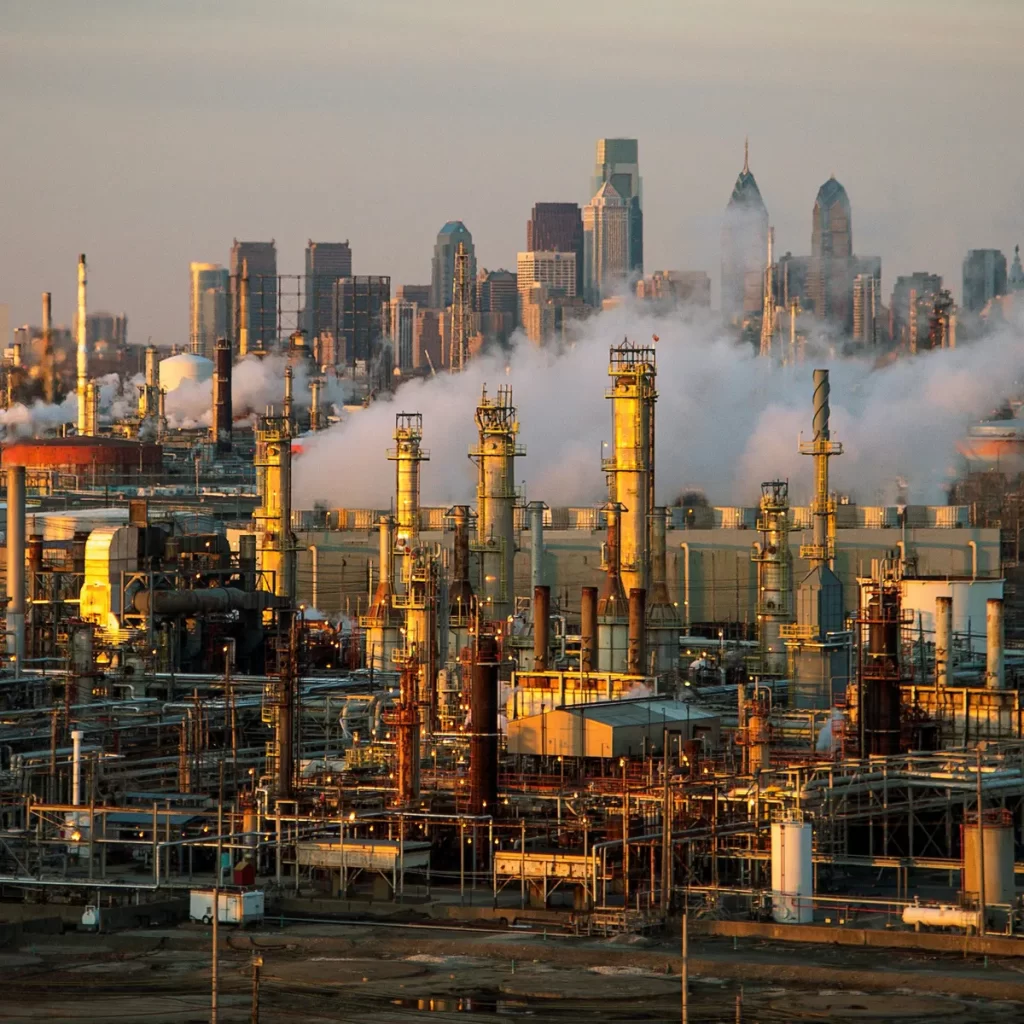On Wednesday, oil prices demonstrated stability following robust gains the previous day, as investors closely monitored developments in the Red Sea.
Despite ongoing attacks and heightened tensions in the broader Middle East, some major shippers were resuming their passage through the region.
Brent crude futures exhibited a modest increase of 15 cents, equivalent to 0.2%, settling at $81.22 per barrel by 0730 GMT.
In contrast, U.S. West Texas Intermediate crude experienced a slight dip of 8 cents, equivalent to 0.1%, closing at $75.49 per barrel.
The previous session had witnessed both benchmark prices surging by more than 2%, driven by fresh attacks on ships in the Red Sea.
These attacks raised concerns about potential shipping disruptions.
Additionally, optimism about possible U.S. interest rate cuts, which could stimulate economic growth and boost fuel demand, added to the positive sentiment.
Despite the attacks initiated by Yemen’s Iran-backed Houthi militia, prominent shipping companies like Maersk and France’s CMA CGM made the decision to resume passage through the Red Sea.
This decision was made following the deployment of a multinational task force to the region.
However, the extent of the impact on global supplies remains a subject of debate, as noted by Priyanka Sachdeva, a senior market analyst at Phillip Nova.
Germany’s Hapag-Lloyd was slated to make a crucial determination on Wednesday regarding the resumption of shipments through the Red Sea.
Meanwhile, the possibility of an extended Israeli military campaign in Gaza continued to significantly influence market sentiment, with Israel’s Chief of Staff Herzi Halevi indicating that the Gaza conflict would persist “for many months.”
Oil prices also received support from speculations that the U.S. Federal Reserve might initiate interest rate reductions in 2024.
Lower interest rates can decrease borrowing costs, potentially stimulating economic growth and increasing fuel demand.
According to a preliminary Reuters poll on Tuesday, U.S. crude stocks were anticipated to have decreased by 2.6 million barrels the previous week.
In contrast, distillate and gasoline inventories were expected to have risen.
Inventory reports from the American Petroleum Institute and the Energy Information Administration were scheduled for Wednesday and Thursday, respectively, one day later than usual due to the Christmas holiday.
